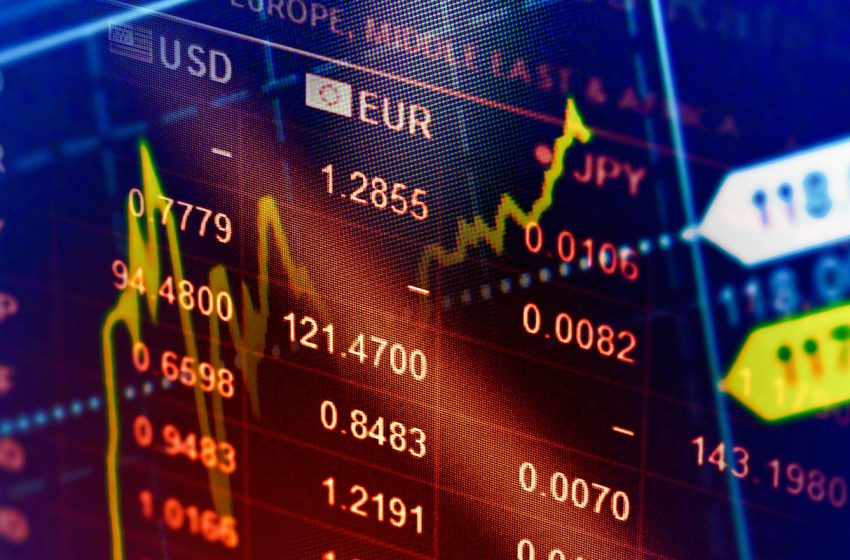MACRO AND MICRO ECONOMICS

Macroeconomics is the discipline of economics that investigates an economy’s overall behaviour and performance. It focuses on the company’s aggregate changes, like gross domestic product or GDP, inflation and unemployment. The goal of a macroeconomic research is to look into the these issues, and policies that are involved in achieving full employment and expanding production capacity. It is concerned with the decision making processes of various economic sectors, such as households, governments and industries.
While macroeconomics is a large subject of study, there are two areas of research that have received a lot of attention in the media: business cycle analysis and economic growth rates. As a result, macroeconomics is frequently mentioned in talks about government intervention in economic expansion, as well as in discussions about economic policy evaluation. Though macroeconomics covers a wider range of concepts and variables, there are three main areas of national macroeconomic research, as mentioned before: production, unemployment and inflation. These topics are also vitally significant to all economic agents, including employees, consumers and producers, outside of macroeconomic theory.

Macroeconomists look at aggravated indicators like GDP, unemployment rates, and price indices to figure out how the entire economy works and develop models to explain the relationship between things like ,atonal income, output, consumption, unemployment, inflation, savings, investment, government spending, and international trade. These variable form a cluster of variables known as economic indicators when viewed as a whole. In combination, these indicators, which are classed as leading, lagging, or coincident in terms of their forecasting power, offer economists with a directional attribution for the economy.
Microeconomics, on the other hand, is a branch of economics that analyzes the effects of incentives and decisions on resource utilization and distribution. Microeconomics explains why and how different things have varying values, how individuals and corporations conduct and benefit from efficient production and exchange, and how people can effectively coordinate and cooperate with one another. Microeconomics, in general, provides a more comprehensive and detailed understanding than macroeconomics.
Microeconomics can be applied in a positive or normative sense. Positive microeconomics is economic behavior and explains what to expect if certain conditions change. Positive microeconomics’ explanations, conclusions, and forecasts can then be used to prescribe what people, firms, and governments should do in order to achieve the most useful or beneficial patterns of production, exchange and consumption among market players.
The study of microeconomics also includes several main concepts, including incentives and behaviors, utility theory, production theory and price theory. The key concepts are not just limited to these.
- Incentive and behaviors is how people react to the situations with which they are confronted.
- Utility theory is where consumers will choose to purchase a combination of goods that will increase their happiness or utility, subject to the constraint of how much income they have left to spend.
- Production theory is the study of production. Producers look to choose the combination is inputs and ,ethos’s of combining them that will reduce the cost in order to increase their profits.
- Price theory is when utility theory and production theory interact to produce the theory of supply and means. This determines the prices in a competitive market.
DINUSHINI PREMAWARDHANA



